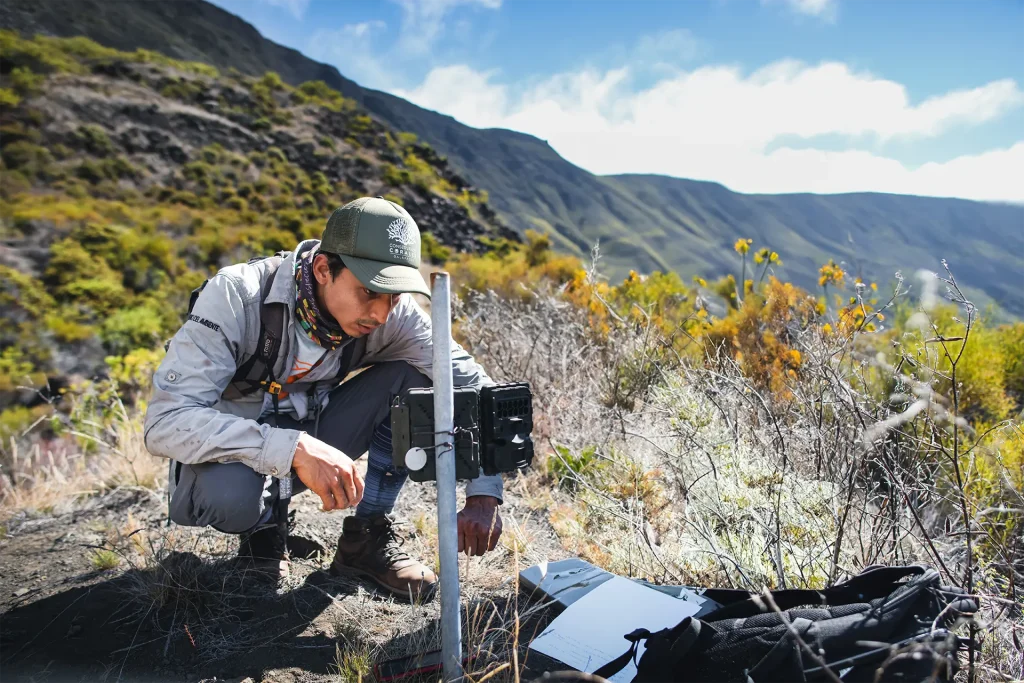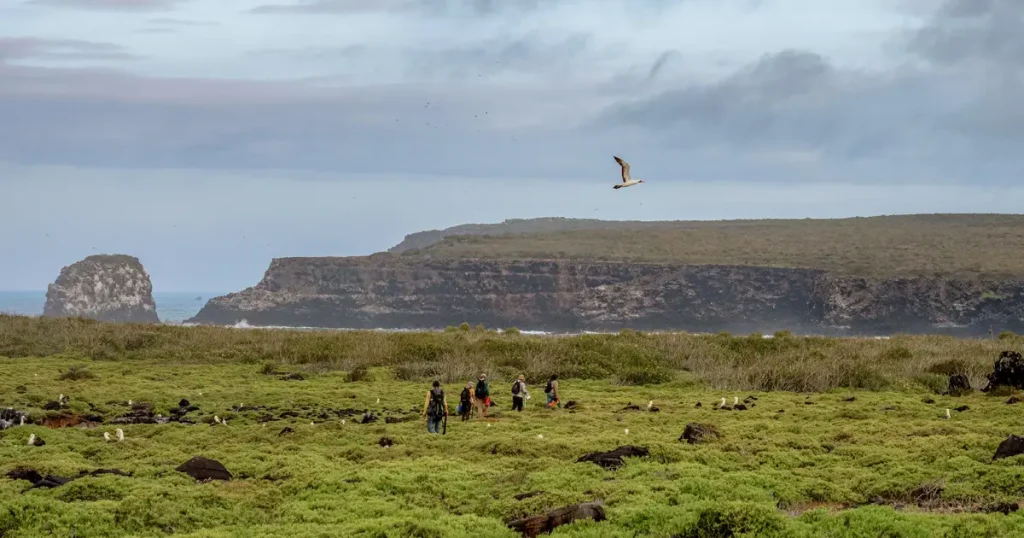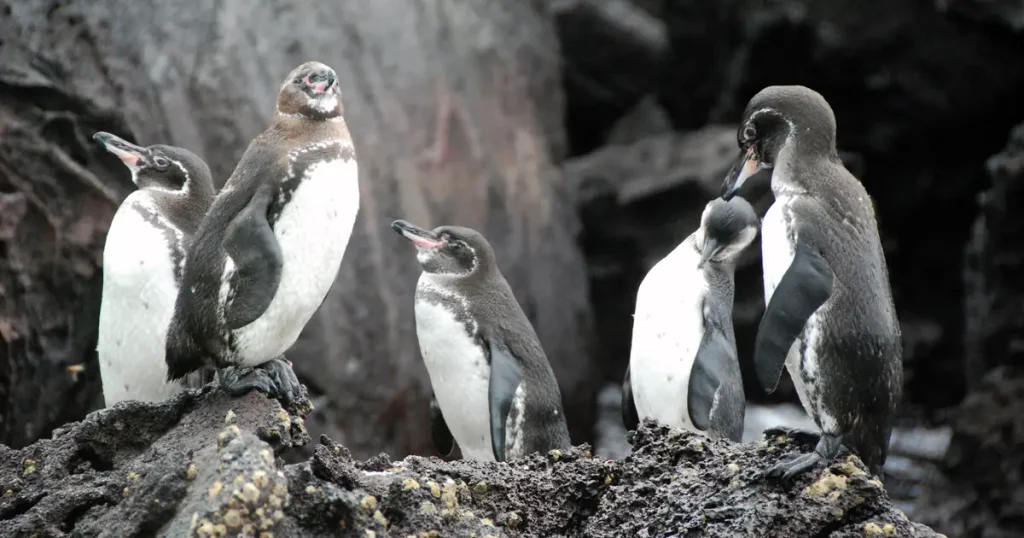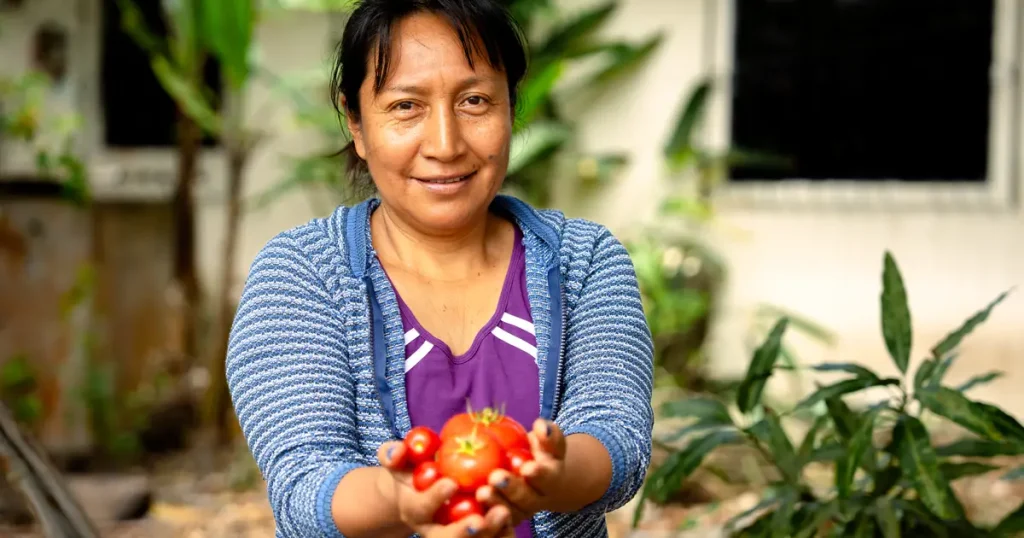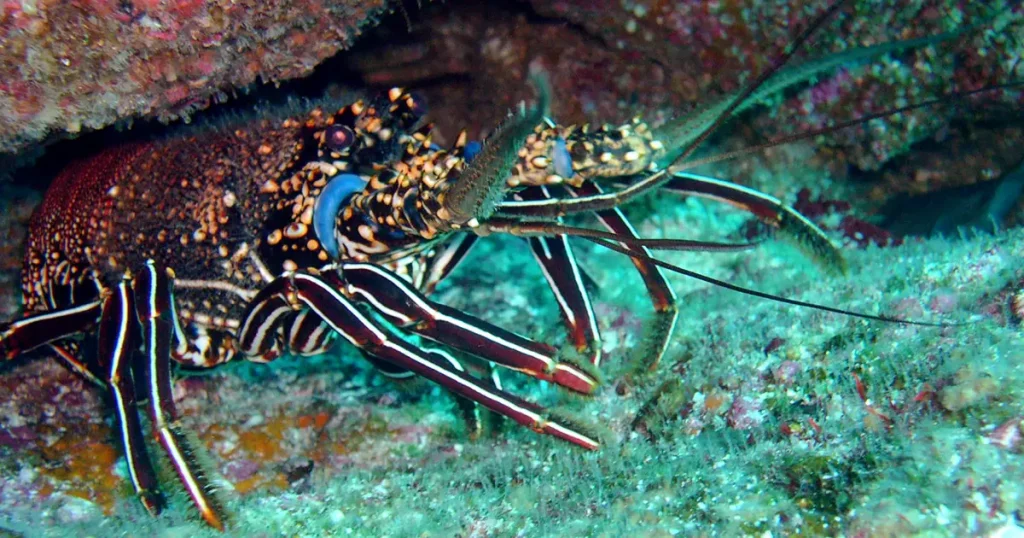Trail Cameras: Silent Guardians of Galápagos Wildlife
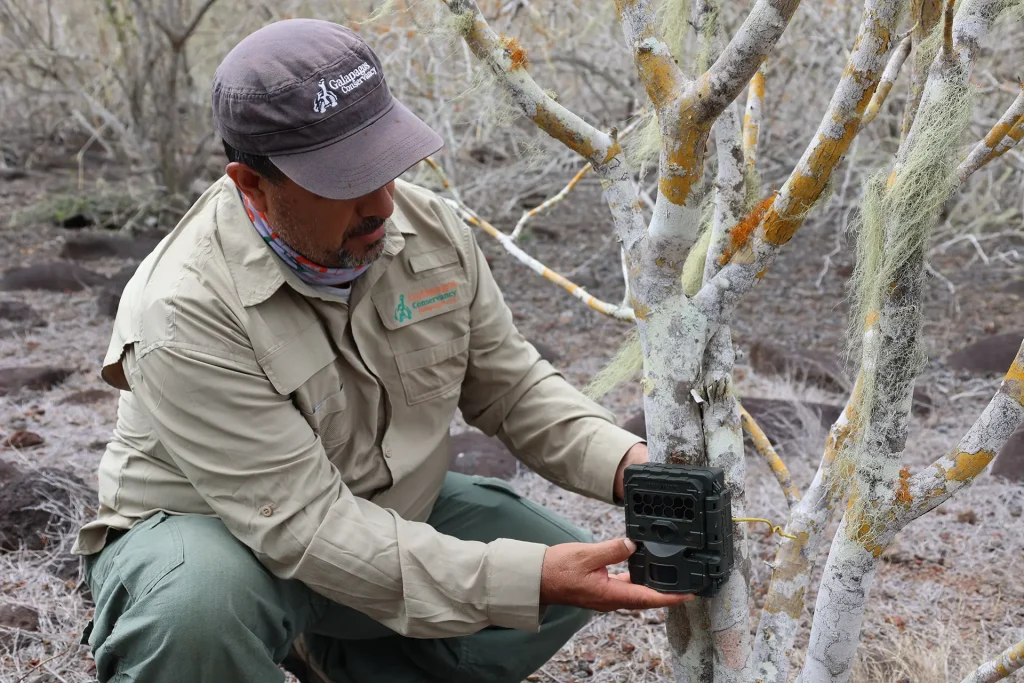
For nearly four decades, Galápagos Conservancy has been committed to protecting the Archipelago’s ecosystems and wildlife. Integrating technological advancements into our conservation strategies has been key to innovating our approach and strengthening our conservation efforts. One significant advancement has trail cameras. These cameras installed in the field are triggered by the movement of passing animals and capture images of wildlife and their interactions without disturbing them. The images collected help us understand species distribution and behavior, allowing us to develop informed measures for protecting and conserving these unique ecosystems.The cameras provide valuable insights into both endemic species and invasive threats, greatly enhancing our understanding of Galápagos wildlife.
A Trail Camera Network in Galápagos
As part of a comprehensive conservation strategy, we have established a network of trail cameras across many islands in habitats critical to endangered species. We’ve strategically placed sets of cameras on several islands, including Isabela, Santa Cruz, Santa Fe, and Española. The cameras operate for many months, capturing millions of images, as well as other data such as environmental conditions at the camera site.
Using Trail Cameras for Research and Monitoring
At Galápagos Conservancy, trail cameras play a vital role in our research. They also aid environmental authorities in combating poaching and wildlife trafficking. We have numerous cameras positioned in key areas, such as the nesting areas of critical species, providing us with extensive photographic data that documents both animal activity as well as human trespass in these locations. The cameras have become crucial for effective surveillance and protecting Galápagos flora and fauna.
Studying Pink Iguanas
On the slopes of Wolf Volcano on Isabela Island, the largest of the Galápagos Islands, we have deployed over 50 trail cameras in the habitat of pink iguanas (Conolophus marthae). This species, discovered in 1986 and formally described in 2009, is endemic to Galápagos. The images from these cameras help us learn more about the reptiles’ natural history and the threats they face, especially as juveniles.
Unfortunately, the footage has revealed that feral cats prey on young iguanas as they leave their underground nests. This critical discovery has guided the Galápagos National Park Directorate in developing strategies to protect hatchling pink iguanas, a species nearing extinction with only about 300 individuals remaining.
Analyzing Images and Converting them to Data
We use proprietary software to organize and classify the millions of images our cameras capture to generate a comprehensive record of what was found where and when. This analysis provides deep insights into species abundance and rarity, population dynamics and behavior. Because the cameras are deployed for long periods, they allow us to identify population trends, leading to a better understanding of wildlife needs. With this information, we can adjust our conservation strategies effectively and respond to emerging challenges. Our data-driven approach is essential for developing accurate protection measures and ensuring the conservation of Galápagos’ unique ecosystems.
The Future of Conservation in Galápagos
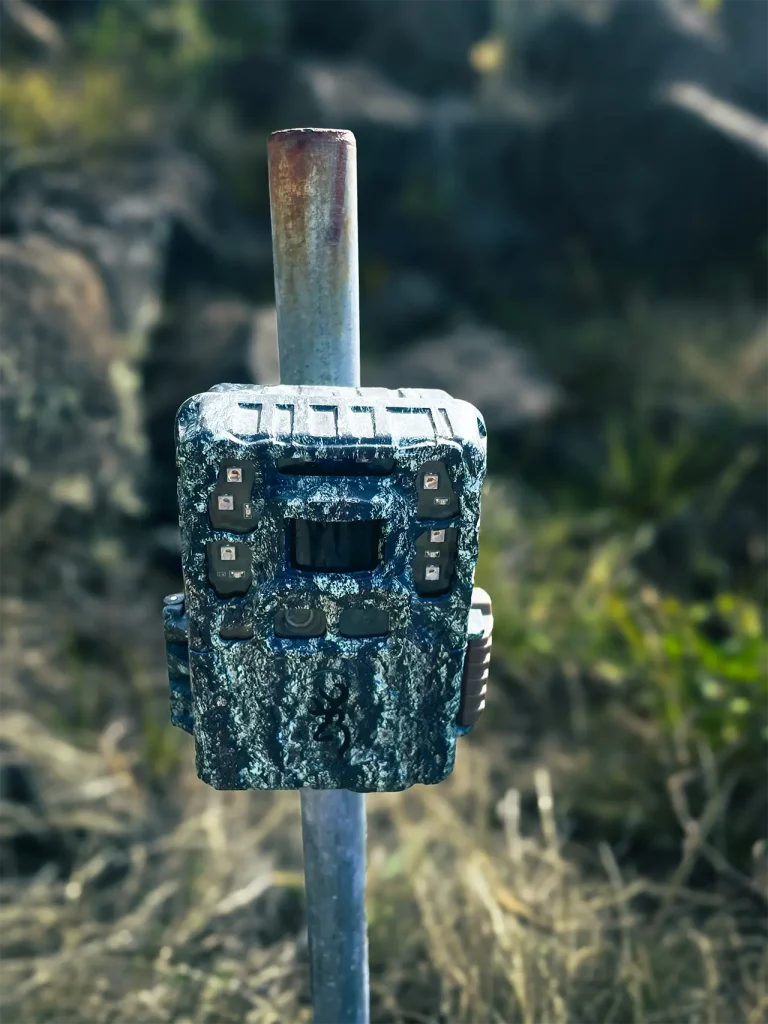
Galápagos Conservancy is dedicated to continually improving our conservation efforts and expanding our technology. By integrating innovative tools like trail cameras, we enhance our monitoring capabilities and are able to increase global awareness which leads to gaining crucial support in protecting one of the world’s most fragile ecosystems.
The information we gather is vital for making informed decisions and adapting our strategies as needed. In our next article on how we’re innovating our efforts with monitoring technology in Galápagos, we will explore the use of satellite tracking devices. These complementary devices provide especially crucial data on animal migration to help us understand habitat requirements of several species.
